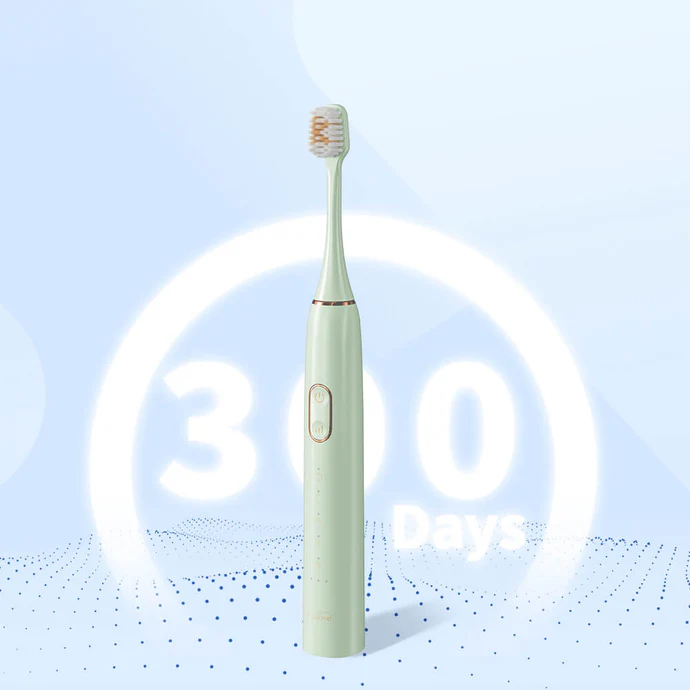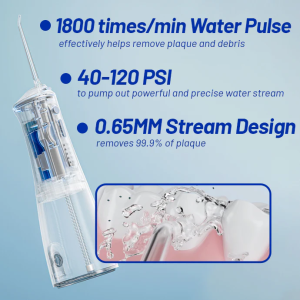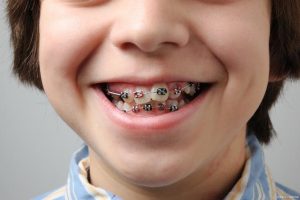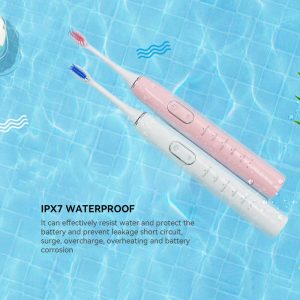In today’s fast-paced electronics market, issues such as Battery Corrosion and Charger Incompatibility are increasingly becoming a critical concern for manufacturers and end users alike. These problems not only compromise device performance but also affect reliability and safety, prompting manufacturers to reexamine their materials and design strategies. In this blog, we explore the causes behind battery corrosion and charger incompatibility, analyze their impact on product lifecycle, and propose actionable strategies to mitigate these challenges.
Market Demands and the Challenges of Reliability
As consumers demand longer battery life and seamless charging experiences, ensuring reliable performance has never been more important. Modern devices rely on robust battery technology, yet issues like Battery Corrosion can severely impair energy storage capabilities. Simultaneously, Charger Incompatibility—where chargers fail to match the technical specifications of the battery or device—can lead to inefficient charging and potential safety hazards. Together, these challenges threaten not only product efficiency but also brand reputation, urging manufacturers to seek innovative and resilient solutions.
Understanding Battery Corrosion: Causes and Consequences
Battery Corrosion typically occurs when chemical reactions degrade the battery’s internal or external components. Common causes include:
- Environmental Exposure: Humidity, temperature fluctuations, and exposure to corrosive substances can accelerate corrosion.
- Electrolyte Leakage: Internal failures, such as sealing issues, allow corrosive electrolytes to interact with battery terminals.
- Material Incompatibility: Use of substandard or reactive materials in battery construction can predispose devices to corrosion.
Consequences of battery corrosion extend to reduced battery capacity, increased internal resistance, and ultimately, a shorter overall lifespan of the device. Recognizing the early signs of corrosion is vital for implementing timely preventive measures.
Charger Incompatibility: Identifying the Root Problems Our company has solved this problem
Charger Incompatibility refers to situations where the charger fails to effectively communicate or deliver the appropriate voltage and current to the battery. This can be caused by:
- Mismatched Specifications: Chargers that do not adhere to the battery’s required voltage and current can lead to incomplete or prolonged charging cycles.
- Outdated Technology: As new battery technologies emerge, older charger models may fail to provide the necessary power regulation.
- Design Flaws: Inefficient design in either the charger or the device’s charging circuitry can cause poor power transfer.
Such incompatibility can accelerate battery wear, contribute to overheating, and potentially increase the risk of Battery Corrosion due to inconsistent charging profiles. Company web:https://www.powsmart.com/product/electric-toothbrush/
Interrelation Between Battery Corrosion and Charger Incompatibility
Notably, the issues of Battery Corrosion and Charger Incompatibility are often interlinked. When a charger is incompatible:
- Irregular Charging Patterns: The battery may undergo uneven charging cycles that promote internal stress and chemical instability.
- Increased Wear: Faulty charging can expedite the degradation process, thereby aggravating corrosion.
- Thermal Stress: Improper charging may lead to overheating, which further accelerates corrosive reactions.
Thus, addressing charger issues is not only about improving the charging process but also a preventative measure against battery degradation.
Strategies for Mitigating Battery and Charger Issues
Manufacturers seeking to tackle these issues can adopt several proactive strategies:
- Invest in Quality Components: Use high-grade, corrosion-resistant materials in battery production and ensure chargers meet strict technical specifications.
- Enhanced Design Integration: Develop chargers and batteries as integrated units, ensuring optimal compatibility and efficient power transfer.
- Rigorous Testing and Certification: Implement thorough testing protocols, including environmental stress testing and real-world usage simulations, to identify potential issues before mass production.
- Smart Charging Technologies: Incorporate adaptive charging systems that can adjust power delivery in real-time, minimizing overcharging and thermal risks.
- Regular Maintenance and User Education: Provide clear guidelines for maintenance and proper charging practices to extend device lifespan and reduce corrosion risk.
- Collaborative R&D: Foster cross-functional collaboration between battery engineers, charger designers, and quality control teams to continuously innovate and improve product reliability.
Future Outlook and Continuous Improvement
Looking ahead, the evolution of battery and charging technology is set to address these persistent challenges. Emerging trends include:
- Wireless Charging Systems: With fewer physical connections, wireless charging can reduce wear on battery terminals and enhance overall compatibility.
- Advanced Material Science: Research into novel, non-corrosive materials could significantly extend battery life and improve charging stability.
- IoT-Enabled Diagnostics: Real-time monitoring systems will help predict battery health and charger performance, enabling preemptive maintenance.
- Integrated Smart Systems: Future devices may incorporate built-in regulation circuits that ensure optimal compatibility between the battery and charger, minimizing risks of overheating and corrosion.
By embracing these technological advancements and committing to continuous improvement, manufacturers can safeguard product performance, reduce maintenance costs, and bolster customer trust in an increasingly competitive market.
Conclusion
The dual challenge of Battery Corrosion and Charger Incompatibility poses significant risks to device performance and longevity. By understanding their interrelated causes and implementing advanced design, quality control, and smart charging solutions, manufacturers can overcome these challenges effectively. As the industry continues to evolve, ongoing innovation and proactive maintenance strategies will be crucial in ensuring that devices not only meet but exceed user expectations.
Interested in learning more about optimizing battery and charger integration for enhanced durability? Contact us today for customized solutions and expert insights tailored to your manufacturing needs.




